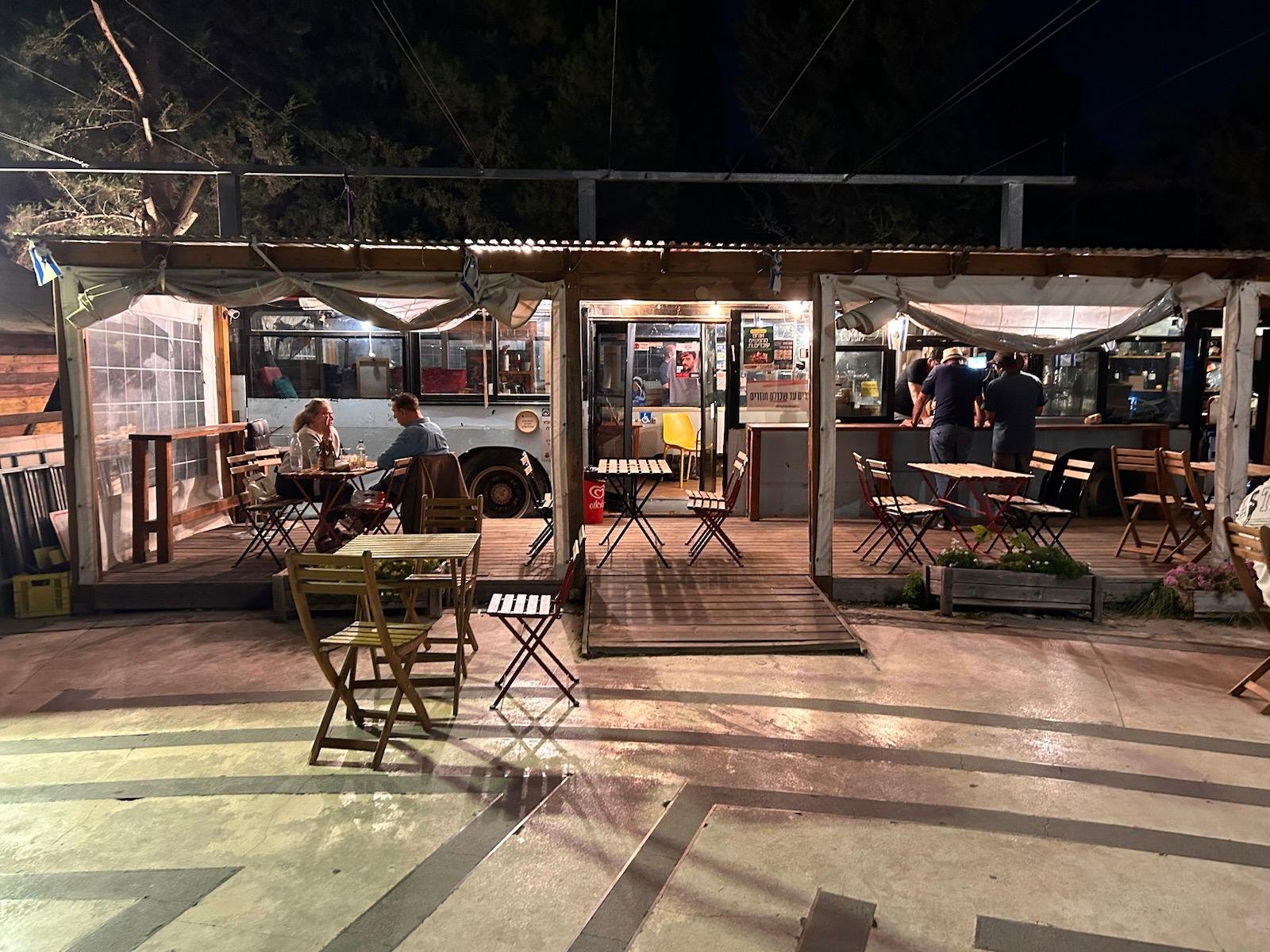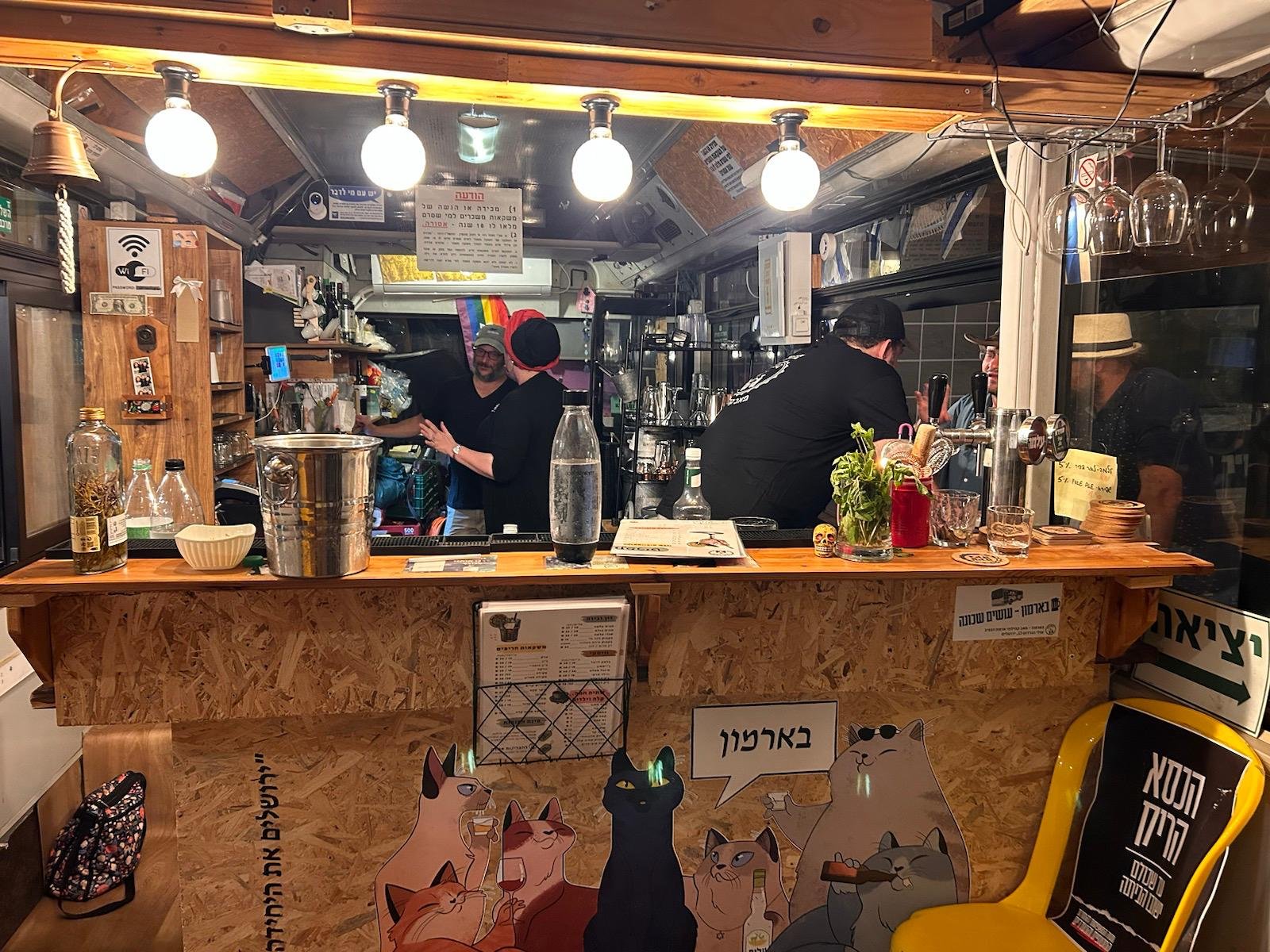Healing Attachment Wounds
Barmon co-operative community bar
I’m starting to realize that if you’re single and overly prioritizing finding a relationship, your pursuit might be a symptom of a different issue. I’m not saying there’s anything wrong with wanting to be in a romantic relationship. That’s perfectly natural. The problem is when we want to focus all of our social energy on a romantic relationship.
I was chatting with someone recently about dating apps. He told me he noticed that a lot of women write in their profiles that they’re looking for their best friend. While this mostly sounds very sweet and completely innocuous, I think it’s actually a potentially harmful way to approach a relationship – particularly if the person is anxiously attached.
The anxiously attached person has deep abandonment wounds. They have trouble feeling safe and secure in relationship to others because their subconscious mind is always on high alert for being abandoned, neglected, ignored, and unloved. This can lead to a desperation when it comes to romantic relationships and all other relationships.
As I work through healing my attachment wounds I recognize more and more how these wounds affect the way I have shown up in relationships. Ever since I was a teenager I’ve jumped quickly from one relationship to another, always in search of my best friend. Thankfully, I’ve always had good close friends – best friends (plural) – but I expected something deeper and more fulfilling from my romantic partners. I started to realize, what I was expecting/hoping was that they would heal my attachment wounds. What I’ve learned is that no one can heal my attachment wounds but me.
Those who are anxiously attached tend to have deeply unrealistic needs from their romantic partners. They want constant contact, connection, communication. They want continuous reassurance. They want their person/partner/best friend to be everything and meet every need for them. In other words, they want something that is simply not possible.
Full disclosure: my particular attachment style is fearful avoidant, which has a complex duality of both being anxiously attached and dismissively attached which is sort of the opposite of anxious – but that’s for another post. For this post, I want to focus on the anxious attachment style. I’ve taken a number of steps towards healing my anxious attachment.
One practice I’ve adopted involves writing down all the proofs that I am not abandoned. I write down particular moments I can recall when I felt deeply loved and supported. I conjure the emotions I felt in these moments first thing in the morning, last thing at night before I fall asleep, and post-meditation. I feel the feelings I felt during those moments of love and support and I tell myself, “I am loved.”
When we partner up, get married, etc., it can be easy to let that relationship be our main source of social connection. It’s especially tempting if we have social anxiety to spend a lot of time lounging at home together. The anxiously attached person can easily fall into a trap of making their partnership the entirety of their social needs. There’s a real element of convenience to have one person, who you live with and spend most of your time with, to meet all of your social needs.
When a serial monogamist gets out of a relationship we’re often advised to take some time to be single. When this is the last thing that we want, that’s a good indication that this is exactly what we need. We need to suffer through the challenges of being single to confront our fears of being alone. We need to learn that being single doesn’t mean being alone, because the truth is, whether we have a romantic partner or not, we need a variety of relationships and different types of social interactions. Entering a romantic relationship before we learn how to spread out our social needs is a recipe for a doomed relationship.
In my teens and twenties, it was really easy for me to be in social situations. I loved meeting people, going to events, making new friends. After I left my first marriage socializing became much more challenging. I had developed deep trust issues and had a ton of social anxiety. I had become socially isolated in that marriage. Though I knew I could no longer be in a relationship with my then-husband, I was terrified of being alone.
My divorce was messy and contentious. I knew there were people in my neighborhood who had opinions – to put it as neutrally as possible. I withdrew even more. I didn’t know who I could trust. With the exception of a handful of very close friends, I closed myself off from socializing and was desperate to have just one person who could be “the one” and help me heal from all my pain.
A little less than a year later, I began dating an old friend and he eventually became my second husband. I knew I could trust him. I knew he was a good person. I knew he was someone I could laze around with and not feel much social pressure to venture too far out of the bubble of our relationship. The problem was, I hadn’t healed or even acknowledged my attachment wounds. Eventually, this marriage ended too.
I am grateful that the ending of my second marriage was amicable and tame. Despite the decision to end the relationship, we were able to continue to treat each other with care and respect. I appreciate that because it helped heal some of my trust wounds and gave me the space to recognize that, though I felt terrified of being alone, it was time for me to confront myself.
A big part of the work I’ve been doing on myself involves spreading my needs for connection to the rest of the world. Instead of thinking that I need to find one person who can meet all of my emotional needs, and reserving all of my love and energy for one person, I am opening myself up to loving and connecting with everyone I meet.
To help exercise this muscle, I joined a community bar called Barmon. A group of people in my neighborhood got together and created a sort of co-op bar. They bought a broken-down school bus and converted it into a bar that sits above the community center. Anyone can come, and lots of random people come from all over the city. The drinks are cheap and the vibe is chill. They often have live music, and people from the neighborhood can just hang out and connect.
I’m not a big drinker, but I decided to join for the social/communal aspect. Members are required to pay in towards the co-op and voluntarily bartend for a shift once a month. This week was my first shift.
Some of the people who frequent that bar are people I avoided socializing with when I left my first marriage. At the time of the divorce, I was afraid that people would judge me. Now I realize how that was actually me judging them. I want to approach everyone with an open heart. And I no longer care that much what people think of me if they think about me at all. Our judgments are exactly that – ours. What other people think of me is none of my business. What other people think of me says more about them than it does about me.
As I work with these healing practices – reprogramming my mind with memories and feelings around moments of love and support and flexing my social muscles – my anxious attachment wounds heal. Being single is changing from a state of despair into a state of freedom and exploration. Finding ways to spread my love to everyone, as opposed to preserving all of it for one person, feels so much more fulfilling. I am proud of myself for pushing myself out of my comfort zone in order to heal and experience more love and satisfaction.


